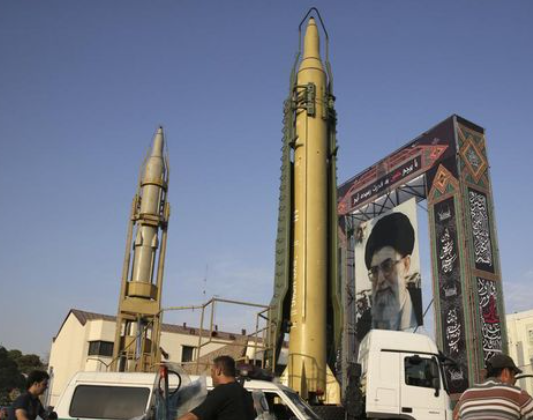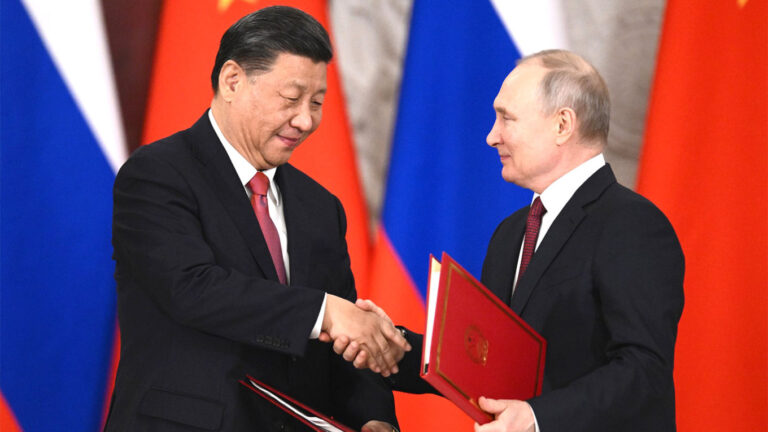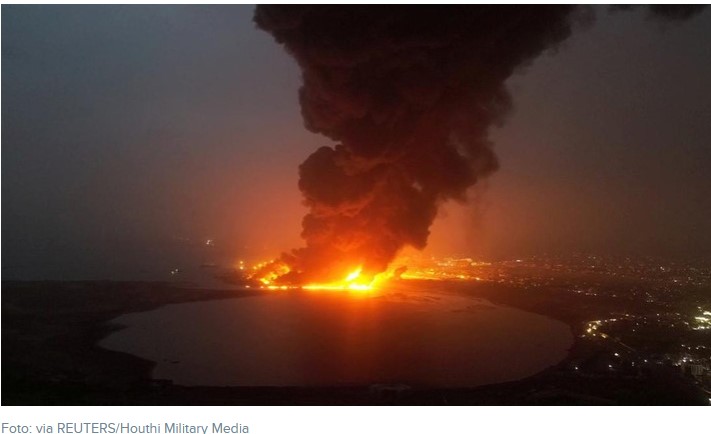
STRATEGIC ASSESSMENT. Iran’s new government formally agreed to return to talks on a restoration of the 2015 multilateral Iran nuclear deal. The new round that begun on November 29,2021 follows several months of uncertainty about whether the talks would continue; they were suspended in June to provide for the Iranian presidential election and the August inauguration of Ibrahim Raisi, who was victorious in that vote. The six rounds of talks that were held between April and June reportedly produced areas of agreement, but no clear breakthroughs. Not only has the Raisi government refused to commit to any pledges made by its predecessor during the early 2021 talks, but it also has expanded Iran’s nuclear program to the point where U.S. officials threaten that “time is running out” for the negotiations. According to Secretary of State Antony Blinken and other senior officials, Iran’s nuclear advances, including enriching some uranium to 60% purity (90% purity is needed for weapons grade enriched uranium), will soon render it impossible for the United States and other parties to the deal to realize the full benefits of a restored agreement.
The Raisi government had sought, but does not seem desperate for, the sweeping sanctions relief provided under the 2015 agreement. With sanctions-defying exports to China and other buyers, Iran’s economy was weak, but not at the point of collapse. Raisi’s new nuclear negotiating team reportedly is demanding that the United States lift some sanctions even before the new round of talks begin. They also insist that any agreement include the removal of some sanctions, such as those on Iranian weapons purchases and on access to the U.S. financial system, that were not required to be lifted in the 2015 accord. Further complicating prospects for the talks has been a series of Iran-backed regional actions, including drone strikes on a U.S. base in Syria and a strike on the home of Iraq’s Prime Minister. Possibly representing a U.S. confidence-building measure ahead of the next talks, press reports indicated that $3.5 billion in Iranian blocked assets has been released. Presumably, the funds represent part of the approximately $6 billion in Iran Central Bank assets held in South Korea that have been the subject of more than a year of negotiations among South Korea, Iran, and the United States. The release would have required promises by the Biden administration not to sanction those South Korean banks that allowed Iran to withdraw the funds. Iran’s demands for rapid and sweeping sanctions relief, the expansion of its nuclear program, and its regional attacks do not augur well for the coming round of talks.
A key question was whether the nuclear talks could continue if the impasse persists. Biden administration officials had suggested that they had a “Plan B” to prevent a nuclear armed Iran, should the talks collapse and Iran seek a nuclear “breakout”—an all-out effort to produce enough weapons-grade enriched uranium for one nuclear weapon. The so-called Plan B, whose elements had not been specified but rather kept deliberately vague, presumably implies that the United States might take military action against Iranian nuclear facilities. Separately, Israel’s leadership had said it reserves the right to act militarily with or without U.S. approval, because an Iranian nuclear weapon poses what Israeli leaders call an “existential threat” to Israel. Yet, the uncertainty of whether U.S. or Israeli military action would have any lasting significant effects, and the risks that such steps might set off regional war, render this option relatively unpalatable. The U.S. back-up plan might instead envision imposing stricter sanctions along the lines of the Trump administration’s “maximum pressure” Iran policy. A starting point could include sanctioning China to try to compel it to cease importing the over 550,000 barrels per day of Iranian crude oil that it is buying. However, every sector of the Iranian economy is now under U.S. sanction, and it was unclear that any new U.S. sanctions would succeed in forcing Iranian concessions, when the maximum pressure campaign failed to do so.
With U.S. options far from assured of success, the easiest and most likely course of action was for the parties to continue the talks indefinitely, impasse notwithstanding. A U.S. decision to end the talks and focus on alternative options would present the U.S. government with a new and unwanted foreign policy crisis, following immediately after the fallout from the U.S. withdrawal from Afghanistan and the accession of the Taliban to power. For Iran’s part, walking away from the talks would undoubtedly produce international isolation and the re-imposition of sanctions by the European Union and other countries. Continuing the talks also allows time for confidence-building measures, such as the Iranian release of U.S. and other dual nationals from prison or further Iranian asset releases, to ripen the environment for an agreement. Still, there was little basis to conclude that significant progress to restore the 2015 Iran nuclear deal was at hand (TSC).





